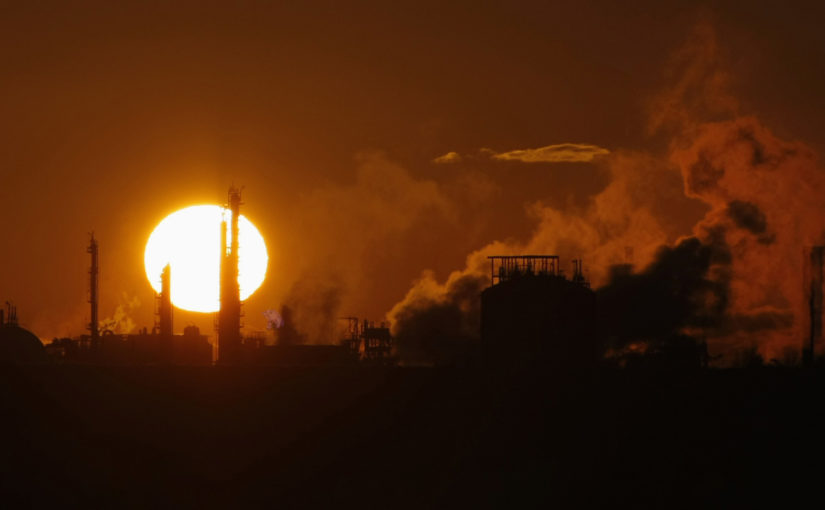A little before the Thanksgiving holiday, scientists discovered a planet about a third bigger than Earth that could support life as we know it. So far this year, more than a dozen potentially habitable planets have been discovered. The only catch is getting there. For example, the most recent discovery is about 11 light years away. So for now (and the foreseeable future) Earth is our one and only home and it’s everyone’s job to keep it inhabitable now and for the foreseeable future. Emissions regulations are one way to do that. State and federal environmental regulations have been developed to protect our environment now and in the future.
These regulations exist primarily to protect the public from the adverse health effects of pollution. Developed by the EPA to protect air quality standards, these guidelines appear to be helping. Recent reports indicate that, between 1990 and 2015, the US decreased NOx emissions by about 7%.
What are NOx emissions?
Nitrogen oxides (NOx) are greenhouse gas emissions formed when natural gas is burned as a fuel at high temperatures. These emissions directly contribute to acid rain, ground level ozone and more. Aluminum and steel plants, glass manufacturers and cement companies are examples of large producers of these emissions.
While NOx emissions regulations primarily affect large companies that produce and burn more, it is imperative for all of us to implement practices that reduce emissions.
How can you make sure your company is doing its part?
There are many ways businesses can reduce NOx emissions. Henry Battle, Vice President of Materials and Power Markets at Airgas, shares his expert advice on the best and simplest ways companies can begin to reduce NOx emissions. Here are his top two:
- Installation of burners especially designed to limit NOx formation can reduce NOx emissions by up to 50%
- As a general rule, reducing the flame temperature, reducing excess air, and/or burning low-nitrogen-containing fuels can minimize NOx formation
Ensure compliance
While looking out for the environment is a good enough reason on its own, it’s also important to reduce your operation’s emissions to avoid fines. Henry suggests these tips as best practices for staying in compliance with the current emissions standards:
- Safety and environmental compliance should be your top priority—for your facility and the community where you operate. Companies should do everything they can to protect their employees and the communities in which they operate.
- Maintain complete records in alignment with all regulations, and make compliance a key metric of performance. This will keep compliance regulations a priority for employees and employers alike.
- Stay ahead of the regulations by keeping informed, from the top down. When companies “just stay in compliance,” they’re always reacting to avoid the speed bumps.
- Forward thinking companies implement compliance plans that stay in front of regulatory pressure even to the point of upgrading or installing equipment.
Now is the time to embrace these standards and implement emissions reducing practices for the sake of your business, your employees and the future of our planet.
